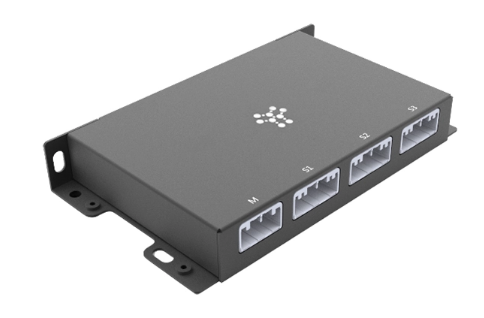What's An Ideal Battery State Of Health (Soh)?
What's An Ideal Battery State Of Health (Soh)?
The state of health (SOH) of a battery refers to its overall condition and performance compared to when it was new. It's an important metric to consider for maintaining reliable operation and ensuring safety. Here’s what to look for in an ideal battery state of health:
1. SOH Percentage
Ideal Range: An ideal SOH percentage is typically 100% for a new battery. As the battery ages, this percentage will decrease. A battery with an SOH above 80% is generally considered to be in good condition, though this threshold can vary based on the battery's intended use and application.
2. Capacity Retention
Ideal Condition: The battery should be able to retain most of its original capacity. For high-quality batteries, a capacity retention rate of 90% or higher after several charge cycles is often considered excellent.
3. Charge and Discharge Efficiency
Ideal Performance: The battery should efficiently accept and deliver charge without excessive loss of energy. Low internal resistance contributes to efficient charging and discharging.
4. Cycle Life
Ideal Lifespan: The number of charge-discharge cycles a battery can go through before its capacity drops significantly. For many batteries, 500-1,000 cycles with minimal capacity loss is ideal.
5. Temperature Tolerance
Ideal Performance: The battery should maintain performance and safety across a wide temperature range, ideally within the specifications provided by the manufacturer.
6. Physical Condition
Ideal State: The battery should show no signs of swelling, leakage, or corrosion. Any physical damage can impact its SOH and safety.
7. Voltage Levels
Ideal Voltages: The battery should operate within the specified voltage range, showing stable voltage under load conditions.
Monitoring Tools.
To assess and monitor the state of health, consider using battery management systems (BMS) or specialized battery analyzers that can provide detailed insights into capacity, internal resistance, and other health metrics.
Summary
In summary, an ideal battery state of health is characterized by high capacity retention, efficient charge/discharge performance, a good cycle life, and excellent physical condition. Regular monitoring and maintenance can help ensure that the battery remains in optimal condition.
Voltage collection template for the BMS battery management system.

 English
English
Custom 24V Lithium Battery Pricing
The price variation for custom 24V lithium batteries fundamentally stems from “base cost + functional cost + customization cost + compliance cost.”
Read MoreCustomized 48V Lithium Batteries: High Demand in Three Key Industries
Large medical carts, portable testing instruments, and other equipment require a 48V battery to provide stable power, while also complying with the ISO 13485 medical standard to avoid electromagnetic interference affecting device accuracy.
Read MoreIEC 62619 Safety Testing Standard for Energy Storage Batteries
In addition to covering traditional tests included in existing lithium battery standards, such as electrical tests, thermal tests, and mechanical tests, the new standard introduces dedicated sections to assess the Battery Management System (software evaluation).
Read More